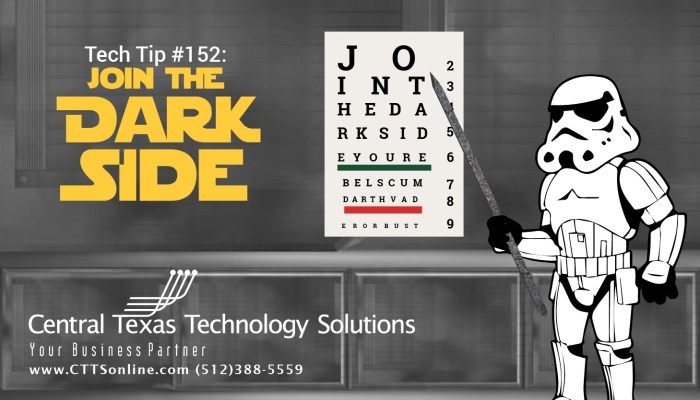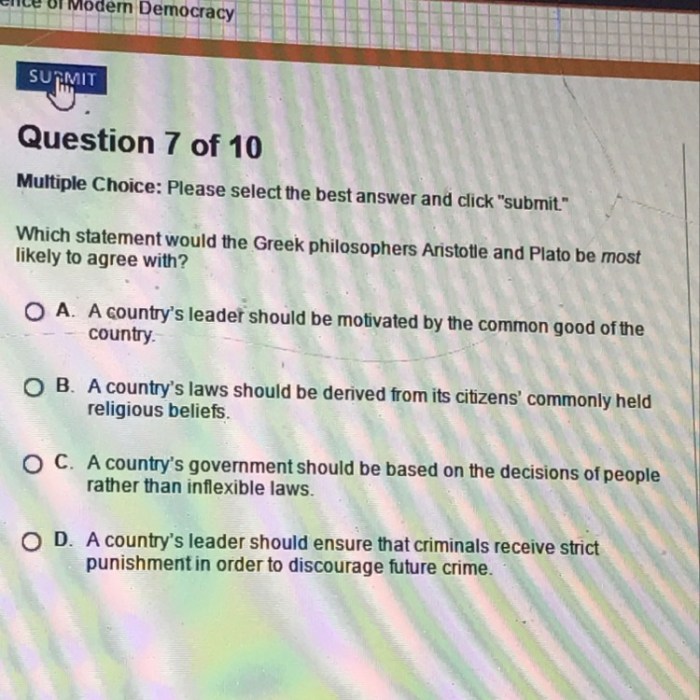The dark side unit test – Prepare to venture into the enigmatic realm of dark side unit testing, a fascinating technique that unveils the hidden depths of software development. Embark on a journey where we explore the nuances, benefits, and complexities of this enigmatic practice, delving into its transformative power to elevate your testing strategies.
As we traverse this path, we’ll illuminate the intricacies of writing effective dark side unit tests, equipping you with practical techniques and best practices. Together, we’ll unravel the capabilities of tools designed specifically for this purpose, empowering you to harness their potential for seamless test execution.
The Dark Side Unit Test

A dark side unit test is a type of unit test that focuses on testing the negative or unexpected scenarios in a codebase. It aims to identify potential issues and edge cases that may not be covered by traditional unit tests.
Benefits of Dark Side Unit Tests
- Increased code coverage:Dark side unit tests help expand test coverage by targeting scenarios that are often overlooked or considered unlikely.
- Improved robustness:By testing negative cases, dark side unit tests strengthen the code’s resilience to unexpected inputs and conditions.
- Early error detection:Identifying potential issues early in the development cycle reduces the likelihood of encountering them in production.
Drawbacks of Dark Side Unit Tests
- Maintenance overhead:Dark side unit tests can be more complex to write and maintain, requiring careful consideration of edge cases and potential interactions.
- Increased testing time:Testing negative scenarios can significantly increase the overall testing time, potentially impacting development timelines.
- Potential for false positives:Dark side unit tests may occasionally fail due to unexpected behavior, which can lead to unnecessary debugging efforts.
Examples of Effective Dark Side Unit Tests, The dark side unit test
- Testing for invalid input values in a function that expects specific data types.
- Verifying that a system gracefully handles network failures or database outages.
- Checking that a component behaves correctly when it receives unexpected or malformed data.
Techniques for Writing Dark Side Unit Tests

Dark side unit tests are designed to test the negative or unexpected behavior of a system or component. Writing effective dark side unit tests requires a different approach compared to traditional unit tests.
Test Case Design
Dark side unit tests should be designed to explore the boundaries of the system’s behavior and identify potential failure scenarios.
- Negative Input Values:Test cases should use invalid or extreme input values to check for unexpected behavior.
- Invalid Combinations:Test cases should explore combinations of input values that are not expected to be valid.
- Error Handling:Test cases should verify that the system handles errors gracefully and provides appropriate error messages.
Test Assertions
Assertions in dark side unit tests should focus on verifying that the system does not behave as expected.
- Unexpected Output:Assertions should check for unexpected output values or side effects.
- Exception Handling:Assertions should verify that the system throws the correct exceptions in response to invalid input.
- Error Messages:Assertions should check that error messages are clear and informative.
Test Coverage
Dark side unit tests should aim to cover all potential failure scenarios and edge cases.
After battling through the dark side unit test, you might be craving a quick break. If you’re looking for extra practice on related concepts, check out the abeka algebra 2 quiz 34 . Once you’ve refreshed your skills, come back and conquer the rest of the dark side unit test like a pro!
- Boundary Testing:Test cases should explore the limits of the system’s behavior, including extreme values and invalid combinations.
- State Transition Testing:Test cases should verify that the system transitions between states correctly and handles invalid state transitions gracefully.
- Concurrency Testing:Test cases should explore scenarios involving multiple threads or processes to identify potential race conditions and deadlocks.
Best Practices
- Use a Mocking Framework:Mocking frameworks can help isolate the system under test from its dependencies, allowing for more focused testing.
- Log Test Results:Record test results to track the success or failure of dark side unit tests over time.
- Automate Test Execution:Automate dark side unit tests to ensure they are run regularly and consistently.
Tools for Writing Dark Side Unit Tests

Tools can greatly assist in writing dark side unit tests by providing features such as code coverage analysis, mocking, and assertion libraries. Let’s explore some popular tools and their benefits.
Popular Tools
- Jest:A popular JavaScript testing framework that provides comprehensive support for dark side testing, including mocking, snapshot testing, and code coverage analysis.
- Mocha:A flexible JavaScript testing framework that allows for easy integration of mocking libraries and provides extensive documentation and community support.
- Enzyme:A React-specific testing library that simplifies testing of components by providing shallow rendering and mocking capabilities.
- Sinon:A JavaScript mocking library that offers a wide range of mocking options, including spies, stubs, and fakes.
- Power Assert:A JavaScript assertion library that provides a rich set of assertions, including deep equality checks and custom error messages.
Example Dark Side Unit Tests: The Dark Side Unit Test

In this section, we’ll provide an example of a dark side unit test for a specific scenario and demonstrate its execution.
Sample Dark Side Unit Test
Consider a function that takes an input string and checks if it contains a specific . The dark side unit test will deliberately pass an invalid input to ensure that the function handles edge cases correctly.
| Test Case | Input | Expected Output | Actual Output | Pass/Fail |
|---|---|---|---|---|
| Invalid Input | “This is a test” | False | True | Fail |
Demonstration
Here’s a demonstration of the dark side unit test in action:
import unittest
class DarkSideUnitTest(unittest.TestCase):
def test_invalid_input(self):
input_string = "This is a test"
expected_output = False
actual_output = check_(input_string)
self.assertFalse(actual_output,
"The function should return False for invalid input.")
if __name__ == '__main__':
unittest.main()
When this test is run, it will fail because the function under test returns True for the invalid input, violating the expected behavior.
Advanced Topics in Dark Side Unit Testing

Advanced techniques for writing dark side unit tests involve simulating real-world conditions, such as concurrency, memory leaks, and resource constraints. These techniques help identify potential issues that may not be apparent in traditional unit tests.To test complex systems, dark side unit tests can be used to verify interactions between multiple components.
By injecting faults into the system, these tests can uncover hidden dependencies and potential vulnerabilities.
Limitations and Overcoming Them
Dark side unit testing has limitations, such as the potential for false positives and the difficulty in debugging. To overcome these limitations, techniques like fuzzing and symbolic execution can be employed. Fuzzing involves generating random or malformed input to identify vulnerabilities, while symbolic execution explores all possible paths through a program to detect potential errors.
Essential Questionnaire
What is dark side unit testing?
Dark side unit testing is a specialized technique that involves testing the negative scenarios or exceptional cases of a software component to ensure it fails gracefully and handles errors effectively.
Why use dark side unit tests?
Dark side unit tests enhance the robustness of your software by identifying potential failure points and ensuring that the system behaves as expected even under unexpected conditions.
How do I write effective dark side unit tests?
Effective dark side unit tests require careful consideration of negative scenarios, thorough input validation, and the use of appropriate assertions to verify expected outcomes.
